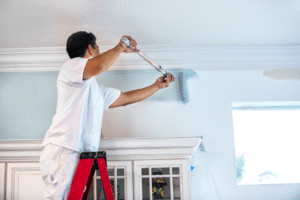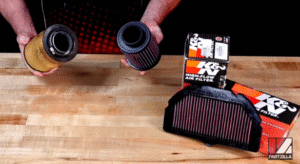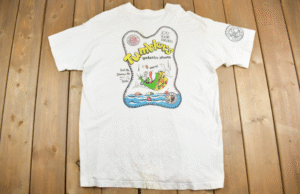
Restoring classic cars is a passion for many enthusiasts, offering the chance to breathe new life into vehicles that have stood the test of time. Whether you’re interested in restoring a classic car yourself or looking to buy a used vehicle, there are essential tips and tricks to ensure a successful and rewarding experience. This guide will explore the art of car restoration and provide valuable advice for buying used vehicles.
The Art of Car Restoration
As explained on the chimeramotors.com website, car restoration is a meticulous process that involves returning a classic vehicle to its original condition or even improving it with modern enhancements.
Understanding Car Restoration Levels
Car restoration can be broken down into various levels, each requiring different skills and resources.
- Driver Restoration: Focuses on making the car functional and roadworthy without extensive cosmetic work. Ideal for those who want to enjoy driving their classic without a showroom finish.
- Street Show Restoration: Aims to make the car look and perform well for local shows. It involves more detailed work on both the interior and exterior.
- Concours Restoration: The highest level of restoration, aiming for perfection in every detail. These cars are often shown in prestigious competitions and require extensive time and investment.
Essential Steps in Car Restoration
Successful car restoration follows a structured process to ensure every aspect of the vehicle is addressed.
- Assessment and Planning: Evaluate the car’s condition and create a detailed restoration plan. This includes identifying parts that need replacement or repair.
- Disassembly: Carefully dismantle the car, labeling and storing parts systematically. This helps in the reassembly phase and ensures no parts are lost.
- Bodywork and Paint: Repair rust, dents, and other damage before applying a fresh coat of paint. The bodywork stage is crucial for achieving a pristine finish.
- Mechanical Restoration: Rebuild or replace the engine, transmission, brakes, and other mechanical components to ensure the car runs smoothly.
- Interior Restoration: Restore the interior upholstery, dashboard, and other components to their original glory or update them with modern materials for a blend of classic and contemporary style.
- Reassembly and Testing: Carefully reassemble the car, ensuring all parts are correctly installed. Conduct thorough testing to make sure the vehicle is safe and functional.
Fun Fact: The Most Expensive Car Restoration
Did you know that the most expensive car restoration project involved a 1962 Ferrari 250 GTO? The restoration, which included sourcing original parts and materials, cost several million dollars and took years to complete.
Tips for Buying Used Vehicles
Buying a used vehicle, whether it’s a classic or a more recent model, requires careful consideration and due diligence.
Research and Budgeting
Start by visiting byotautoparts.com and researching the type of vehicle you’re interested in, understanding its market value, common issues, and availability of parts. Set a realistic budget that includes the purchase price and potential restoration or repair costs.
Inspecting the Vehicle
A thorough inspection is crucial when buying a used vehicle. Here’s what to look for:
- Exterior Condition: Check for rust, dents, and signs of previous accidents. Look at the paint quality and ensure the body panels align correctly.
- Interior Condition: Inspect the seats, dashboard, and other interior components for wear and tear. Ensure all electronics and controls are functional.
- Mechanical Condition: Check the engine, transmission, and other mechanical parts for leaks, noises, and signs of wear. If possible, have a trusted mechanic conduct a detailed inspection.
- Service History: Review the vehicle’s service history to understand its maintenance and repair background. A well-documented history is a good sign of a well-maintained vehicle.
Test Driving
Always test drive a used vehicle to assess its performance. Pay attention to the engine’s responsiveness, transmission smoothness, braking efficiency, and overall handling. Listen for unusual noises and feel for any vibrations or inconsistencies.
Negotiating and Finalizing the Purchase
Once you’re satisfied with the vehicle’s condition, it’s time to negotiate the price. Use your research to justify your offer and be prepared to walk away if the seller isn’t willing to negotiate reasonably. After agreeing on a price, ensure all paperwork is in order, including the title transfer and bill of sale.
Fun Fact: The Oldest Running Car
Did you know that the oldest running car is the 1884 De Dion Bouton et Trepardoux Dos-a-Dos Steam Runabout? It still runs today and is a testament to the durability and engineering of early automobiles.
Whether you’re reviving a classic car or purchasing a used vehicle, the journey can be incredibly rewarding. Car restoration allows you to bring a piece of automotive history back to life, while buying used vehicles offers the opportunity to find unique and valuable gems. By following the tips and guidelines outlined in this guide, you can make informed decisions and enjoy the process of owning and restoring classic and used cars. Embrace the passion, invest the time, and relish the satisfaction of seeing a restored classic or a well-chosen used vehicle on the road.
Also Read: Tips for Leveling up Fast in Final Fantasy XIV: Dawntrail.







